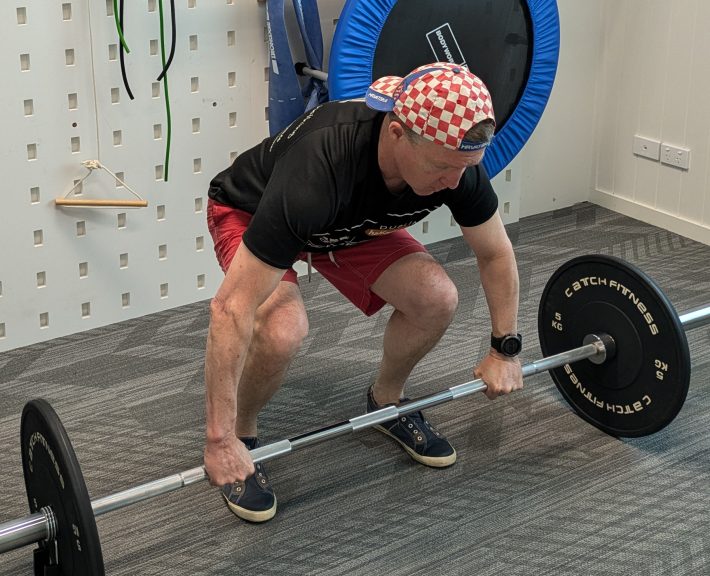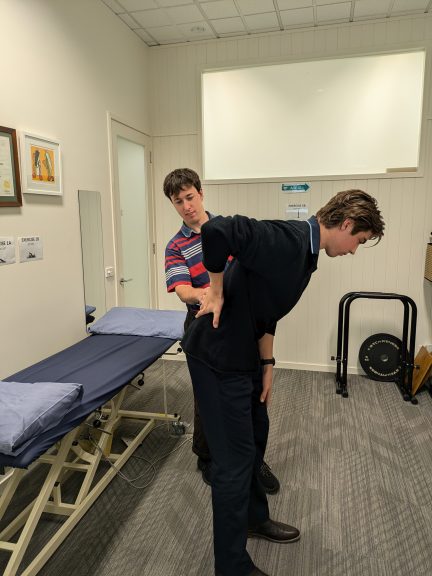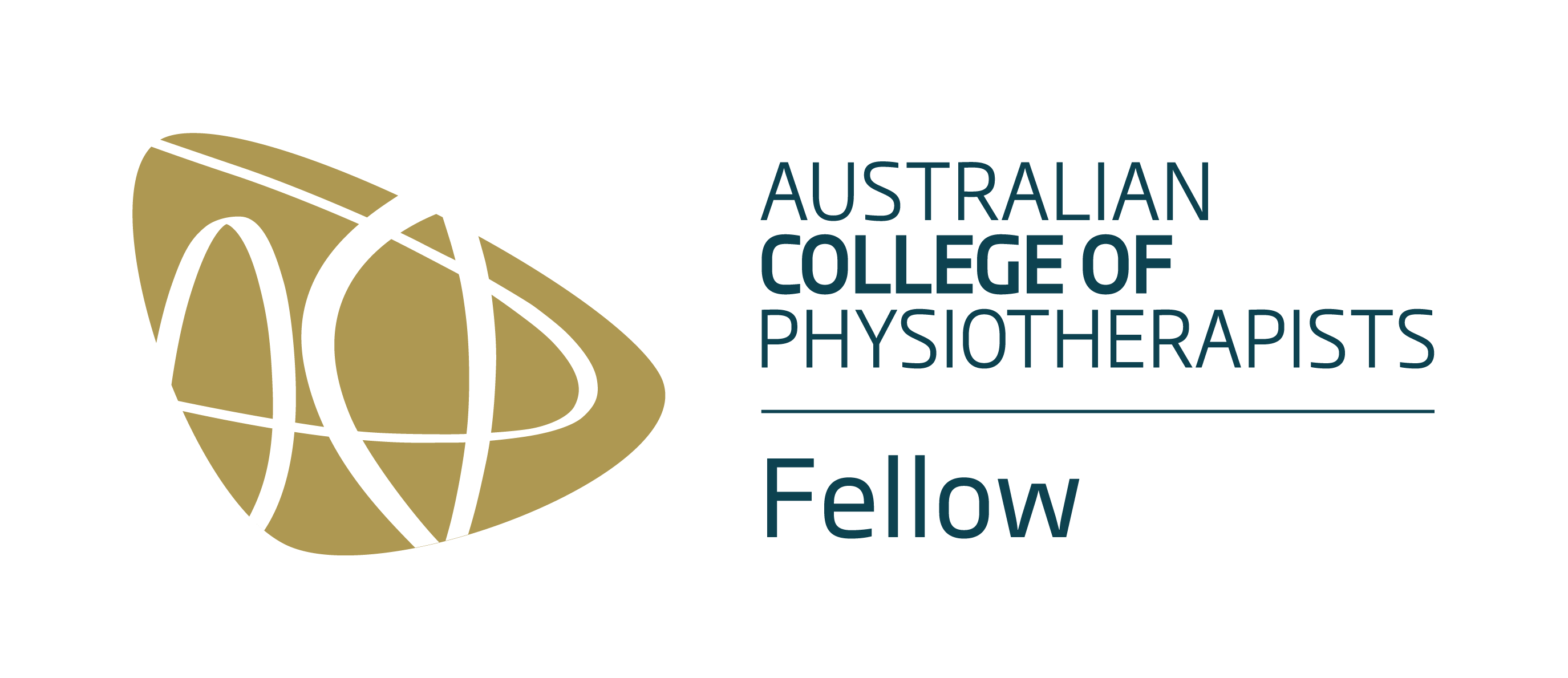Clinical pilates has been around for many years. Its popularity continues to grow with health professionals using it as a form of exercise therapy. Positive impacts on strength, balance and improved movement have been linked to clinical pilates . Below, we discuss how it works and helps in these areas of rehabilitation.
Strength & Balance
Strength is an essential part to everyday function in young kids all the way to older adults. When we lack strength, our balance will suffer. With a decrease in our ability to balance, it means we are more likely to suffer falls and risk serious injury. This is where clinical pilates comes in, with significant benefit for those that need strength and balance.
Most research concludes that classes are required twice a week for around 4-6+ weeks to achieve improvements in strength from pilates (1). The great thing about clinical pilates is that there are many options for people to do their exercises. They can do them via mat work, reformer or trapeze table. Evidence has shown strength improvements can be achieved through all three forms of pilates training (1).
At our clinic, we utilise reformer and mat based pilates. The reformer is spring loaded, meaning that you can add springs to increase load and resistance to work against. This is great for when we see someone who needs to improve their strength, as we can start with the reformer on a low load, and gradually build the individual up.
The focus of clinical pilates is to achieve whole body improvements. The variety pilates provides means it can be used by almost everyone who needs to work on their strength. You can check out some of our reformer exercises on our Instagram page.
There is also lots of research to suggest clinical pilates works to improve balance. This is good news for people who feel at risk of falling or feel like they are unsteady on the field in sport. Most research performed has been on older women, but there is no reason why we can’t adapt the research that has been done, and target it to sport specific situations for athletes too.
A study on women over the age of 65 with chronic low back demonstrated significant improvement in balance and decreased falls risk (2). After the six week supervised pilates program, participants balanced better, moved faster and experienced decreased pain in their daily life (2).
Improved balance is just as important in osteoporosis. Osteoporosis is a condition in postmenopausal women (sometimes men too) leading to decreased bone density. With decreased bone density comes an increased risk of fracture injury with falls. The good news is that studies suggest pilates to be a great form of exercise for people suffering from osteoporosis. A study on postmenopausal women found that pilates is a safe and effective method of exercise for women suffering from the condition (3).
Better Movement
Directional bias is a diagnostic concept health clinicians can use to evaluate and diagnose a movement problem. Through extensive research being undertaken by various physiotherapists in the field, each person has a directional bias. This means we all have a preference for a movement direction. Some prefer to bend forward, some prefer to bend sideways, some prefer to bend backwards. We then build your pilates program around this bias and have your body exercise into the direction it likes as a form of treatment. Interestingly, this has shown to improve movement in not just your bias direction, but all directions of movement (4).
So who needs this form of pilates and how can it help them? Well, utilising directional bias can help anybody, but those that suffer from ongoing persistent pain are the most likely to benefit from this form of pilates. Exercising in the direction one's body prefers is comfortable, becoming one way to begin experiencing movement and exercise without pain, which is a big step for someone who has been in agony for a number of months, or even years. And importantly because research shows that it not only improves the way you move in terms of the direction you exercise in, but also all other directions.
One example of when we might utilise this form of treatment is when we see someone in the clinic who stands with a bit too much of an arch in their back, and they feel sore standing this way. They find activities like sitting and standing with this arch for long periods of time uncomfortable. They get relief from this pain when they bend forwards and stretch their spine. Lying down with their legs up on the couch also gives them quite a bit of relief. This tells us that this person’s posture and positioning is hurting them, and we need to change it. We would focus on exercises that avoid placing the back into the arched position with load and movement. Instead we focus on moving in the opposite direction, called flexion based exercises. This therapeutically loads, moves and strengthens spine movement, safely improving postural sense without provoking disabling pain.
While posture retraining in the treatment room and at home will be what creates healthy change, clinical pilates can help encourage those healthy positions we want your spine to be in and can assist in improving that coordination long term. We generally recommend patients to continue a block of pilates post their discharge from the treatment room in our clinic, which is a good way to continue to maintain the progress you achieve with us.
Of course, the directional bias isn’t just for people with arches in their back, but for those that struggle with bending forwards too and with other daily activities like lifting, running, getting out of chairs, etc. Each person has some level of directional bias, and it is our job as health clinicians to help find it and train your body into that position for better movement if you need it.
Rehabilitation Pilates
We have discussed both strength and balance, and movement retraining via pilates. Rehabilitation has elements of all of these with the focus on the nature of your specific injury. Rehabilitation can include Clinical Pilates for anything ranging from an acute injury like a muscle strain, to more chronic issues such as long term low back pain. There has also been research completed for patients using pilates for rehab post total hip and knee arthroplasty surgery.
For muscle strains, clinical pilates exercises are reformer or mat based and will target specific muscles. Hamstrings, calves and glutes are the three main groups that are easily worked on the reformer and mat. Your exercise rehab should be prescribed by a qualified and knowledgeable clinician in anatomy, injury and exercise prescription, to safely manage the strain and provide suitable exercises. Our Physios are trained in this field, and will know the right exercises to prescribe and get you back on the park feeling good.
As discussed, low back injuries can be successfully managed via clinical pilates treatment. A recent 2022 study trialled a 6 week pilates program for patients who had suffered a lumbar disc herniation. This is when contents of the disc may protrude outwards from the spine and potentially place pressure on structures like nerves and ligaments. After 6 weeks of supervised pilates exercises, there was significantly less pain, improved function and increased flexibility (5). Our Physiotherapy team are able to safely provide this kind of rehabilitation.
Finally, total hip and knee replacements can be rehabilitated via pilates also with great results. The main focus for hips and knees is the key muscle groups such as hamstrings, quads, glutes, calves and trunk muscles. As pilates exercises can target all these major muscle groups, it’s a great way to rehab before and after the surgery. One piece of research looked at rehabilitating a group of 38 participants post hip and knee replacement with pilates. They followed the rehab program through mat based exercises for just over 6 months. At 1 year follow-up, 25 of the patients were extremely satisfied with their overall function and the other 13 were satisfied with their overall function (6).
In Summary….
There are clearly many great benefits to clinical pilates as treatment, therapy or wellbeing. Whether you’re an athlete wanting to develop strength for sporting performance or you’re older and worried about falling, a pilates based approach can help you. The key things to remember are to seek guidance from a trained professional. At Peak MSK Physio, we have a physiotherapist who is trained in clinical pilates. If you are starting or interested in starting our classes, be sure to read the frequently asked questions below that might provide you some more insight into how it all works.
Section: FAQ
You can also see our dedicated pilates page here.
How Do I Get Started?
Call our clinic on 9533 5305 or send us an enquiry off our form to get in touch. From there, our reception staff will book you in to undergo an initial assessment so our clinicians can get a baseline assessment and chat to you about your goals so they can help you reach them!
How Long Are The Classes?
The classes generally run for 40 minutes, including a warm up and cool down within the session.
How Many People In A Class?
We have a maximum of 4 people per class to ensure equal focus and opportunity for all people involved.
I Want to Do Pilates But I’m Not Sure Where to Start?
Our clinicians can help you set goals, and allow you to feel comfortable exercising again if it’s something you maybe haven’t done for a while. Our goal is to have you leaving the class feeling good and getting the most out of your time with us.
Should I Do 1 on 1 or Group Classes?
We offer both 1 on 1 sessions and group classes. Both are great and viable options for all involved. People that are unsure generally start out with some 1 on 1 sessions for a few weeks and gradually build into a class after a few sessions on their own.













